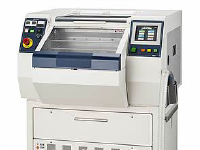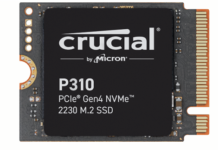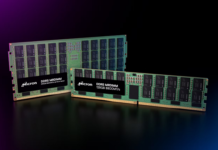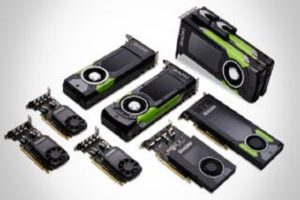
As is typical of all things computing, computer-aided design and engineering have become increasingly more complex since their debut decades ago. Today, CAE simulations and the complexity of models are pushing the boundaries of what can be done with the hardware packed into reasonably priced workstations. In a bid to beef up the graphics and computing power in today’s workstations, NVIDIA has announced the release of a new GPU that aims to “transform desktop workstations into supercomputers.” The company calls it the Quadro GP100.
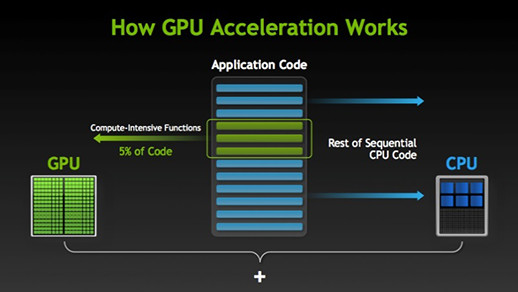
NVIDIA’s new Quadro product features the company’s Pascal architecture and high-bandwidth memory (HBM2) and gives designers enough processing power to juggle many computational taxing endeavors at once. According to NVIDIA, the new Quadro GP100 can flex its 3,584 CUDA cores and 16 GB of memory to undertake simulations in parallel with the design process, or give the card over to a multiphysics solver and watch the results arrive in record time. However, lest an engineer think that their sole GP100 doesn’t have enough processing power for their workflow, two GP100s can be linked together using NVIDIA’s NVLink technology to create a 32 GB GPU behemoth.
In addition to its design and simulation capabilities, the GP100 can render photos 18 times faster than a CPU and lend engineers access to deep learning workflows with its 20 TFLOPS of 16-bit floating point precision computing.
“Professional workflows are now infused with artificial intelligence, virtual reality and photorealism, creating new challenges for our most demanding users,” said Bob Pette, vice president of professional visualization at NVIDIA. “Our new Quadro lineup provides the graphics and compute performance required to address these challenges. And, by unifying compute and design, the Quadro GP100 transforms the average desktop workstation with the power of a supercomputer.”
As of this writing, prices for the GP100 don’t appear to be public, but I’d suspect that a single GP100 might double the cost of a workstation. If, in fact, the GP100 can do everything it promises, that might be a bargain given its potential to help shape breakthrough design. Supercomputing doesn’t come cheap, but this GPU might be the most affordable option on the market.
Source: http://www.engineering.com





